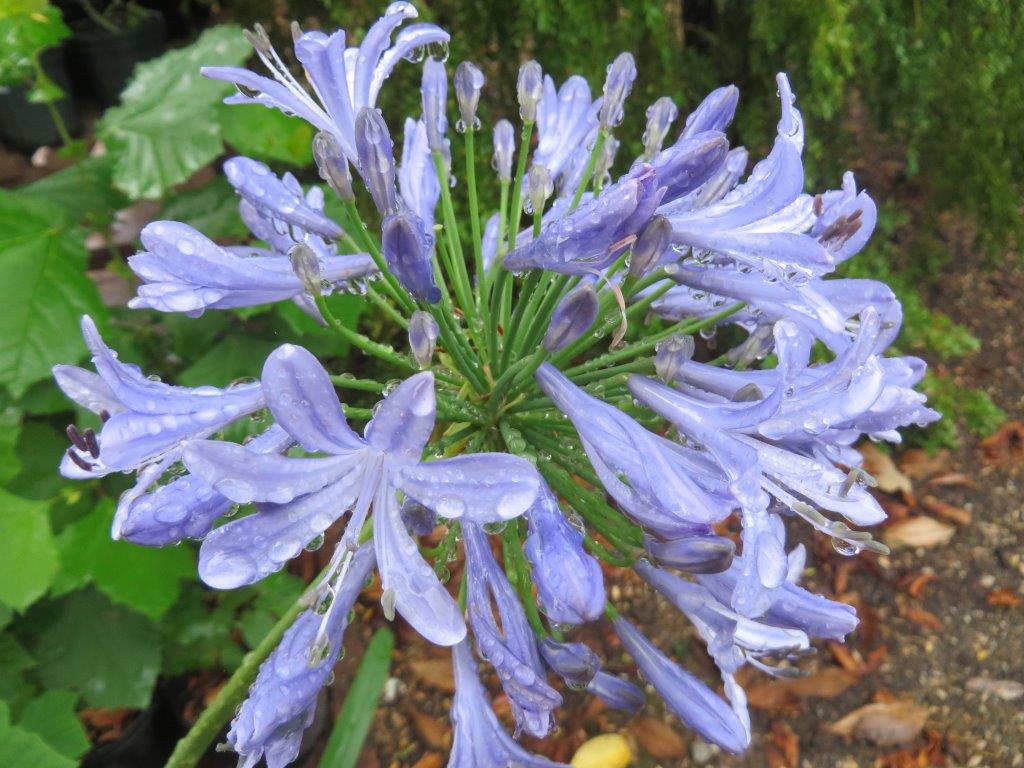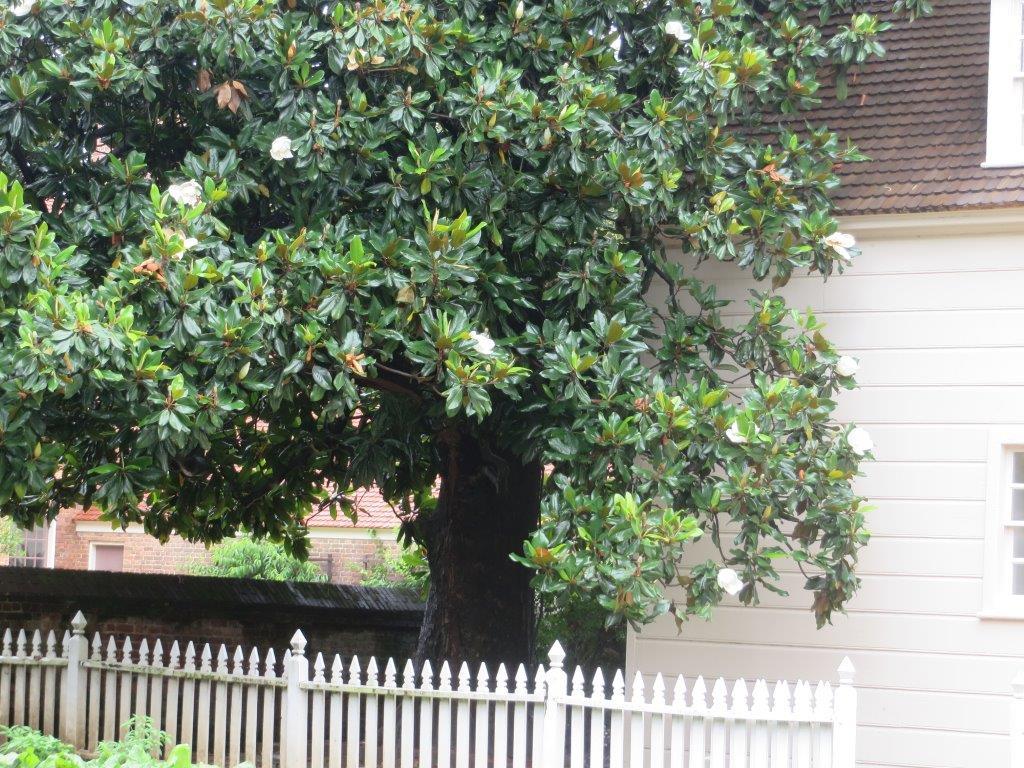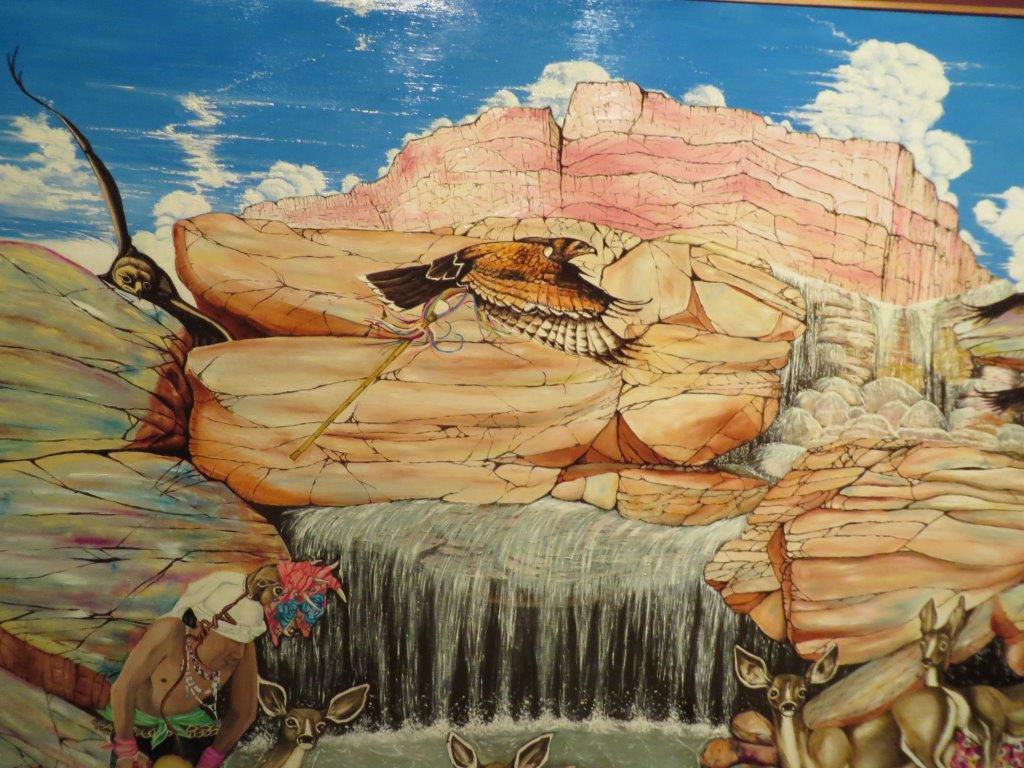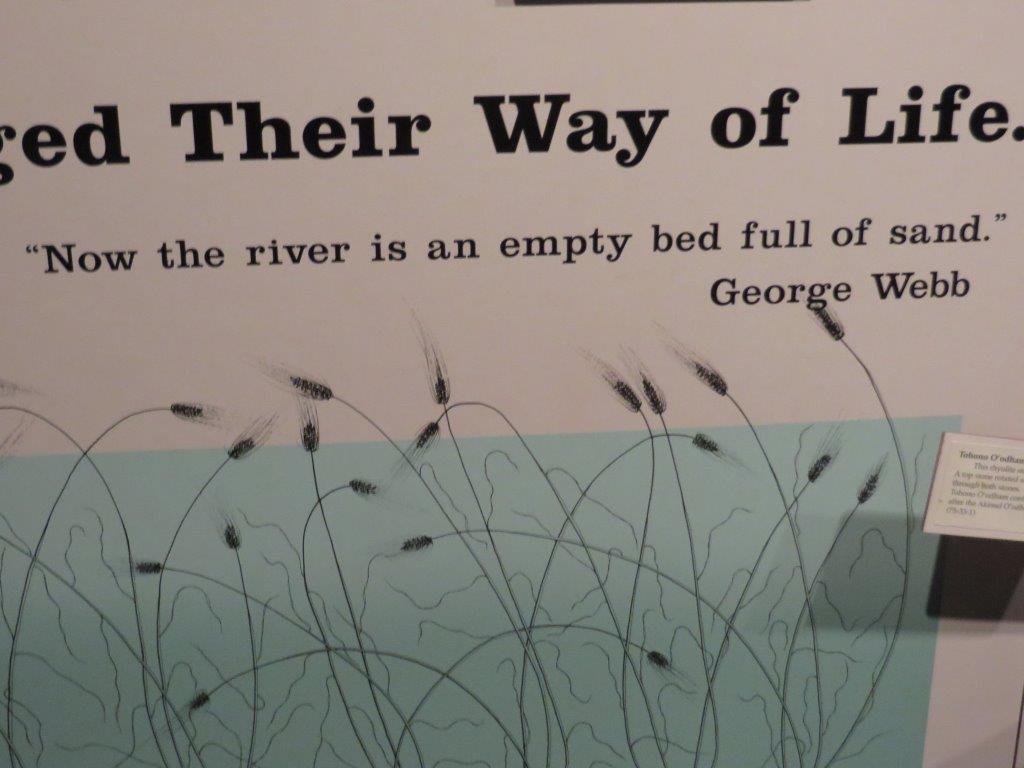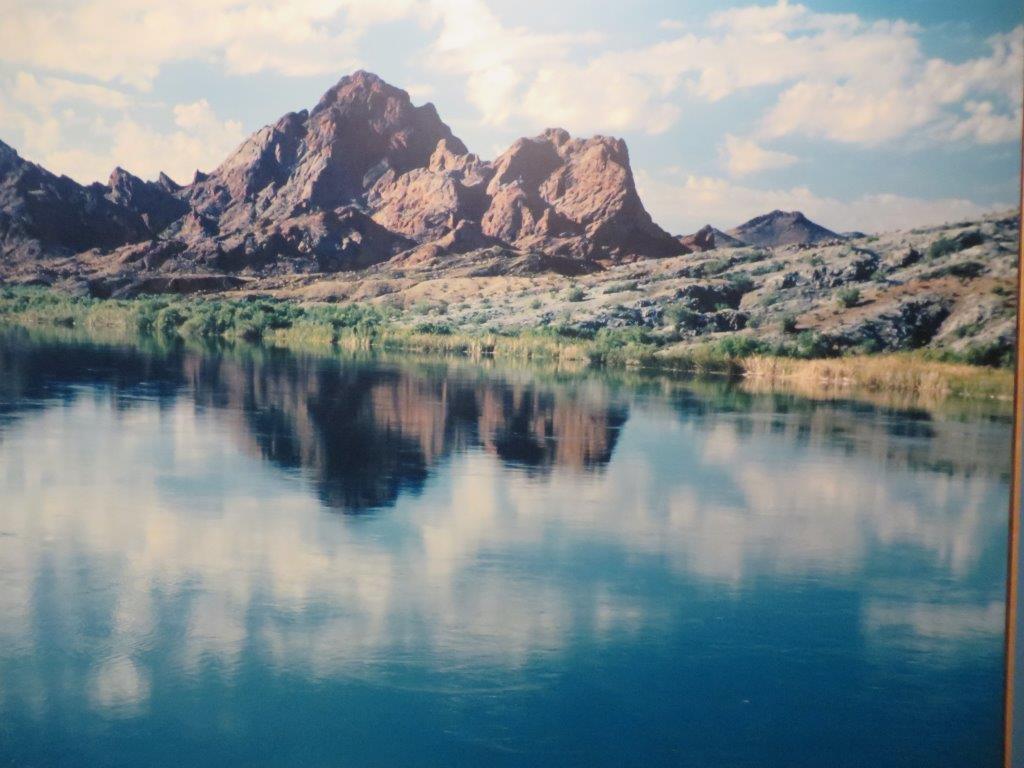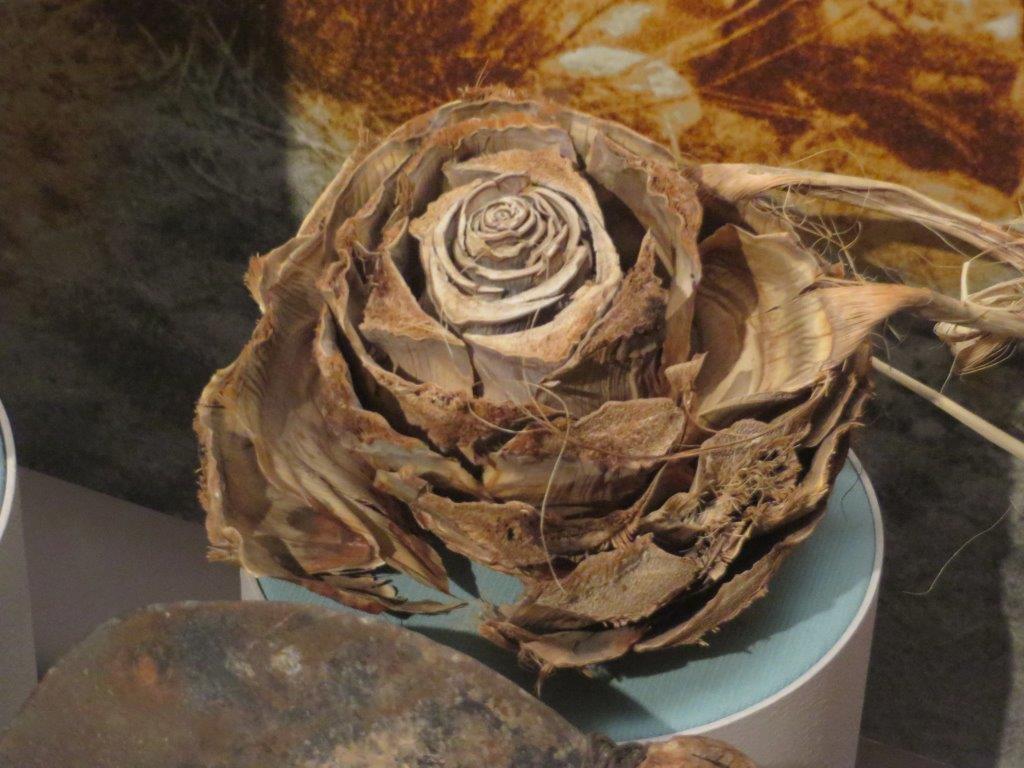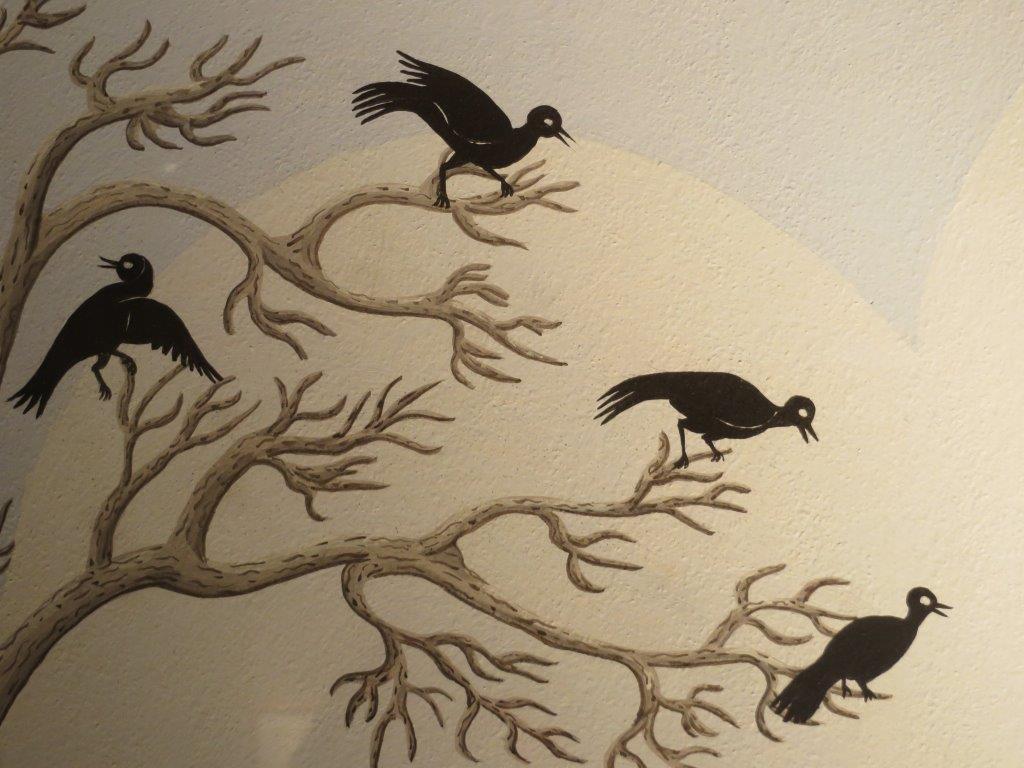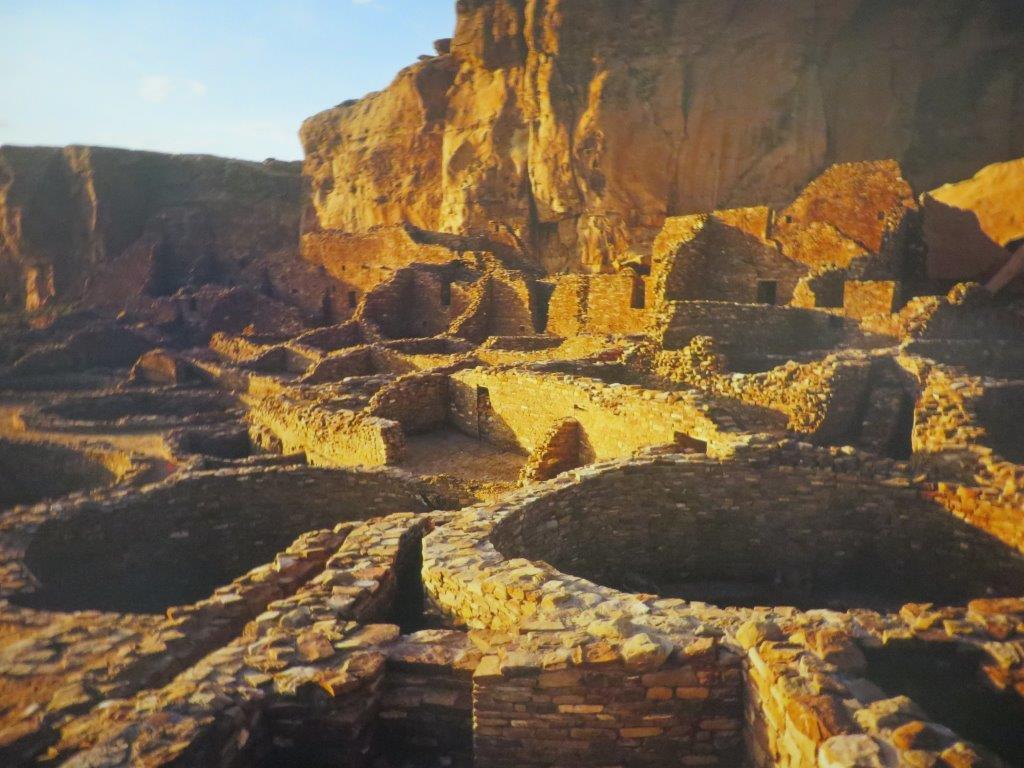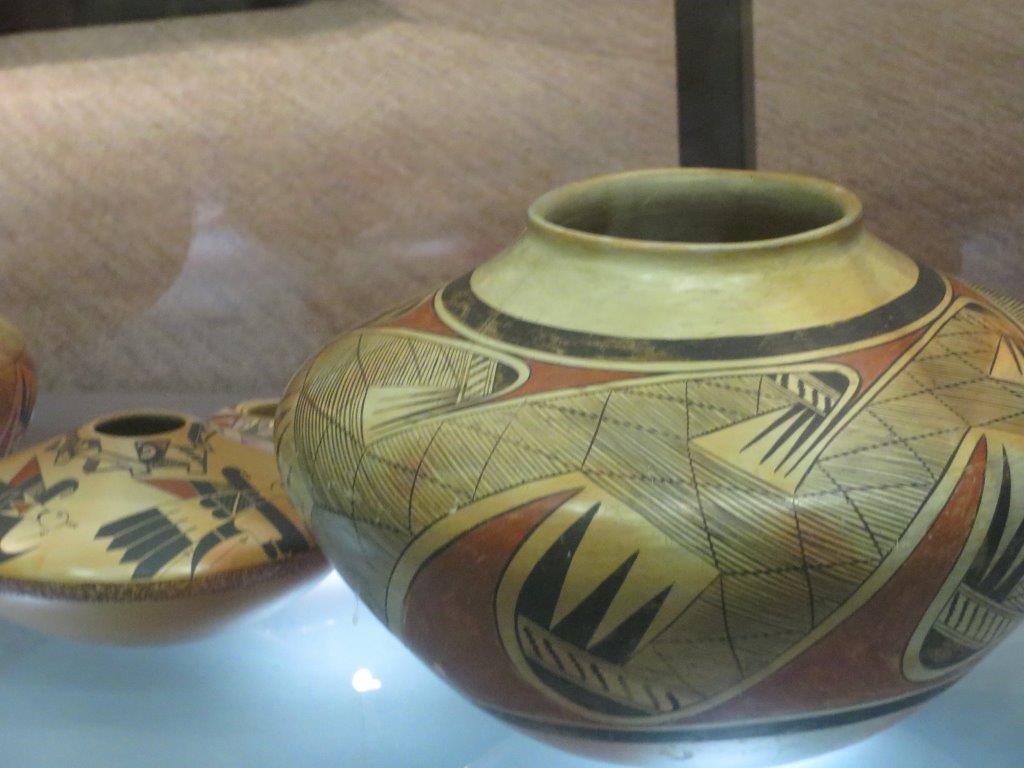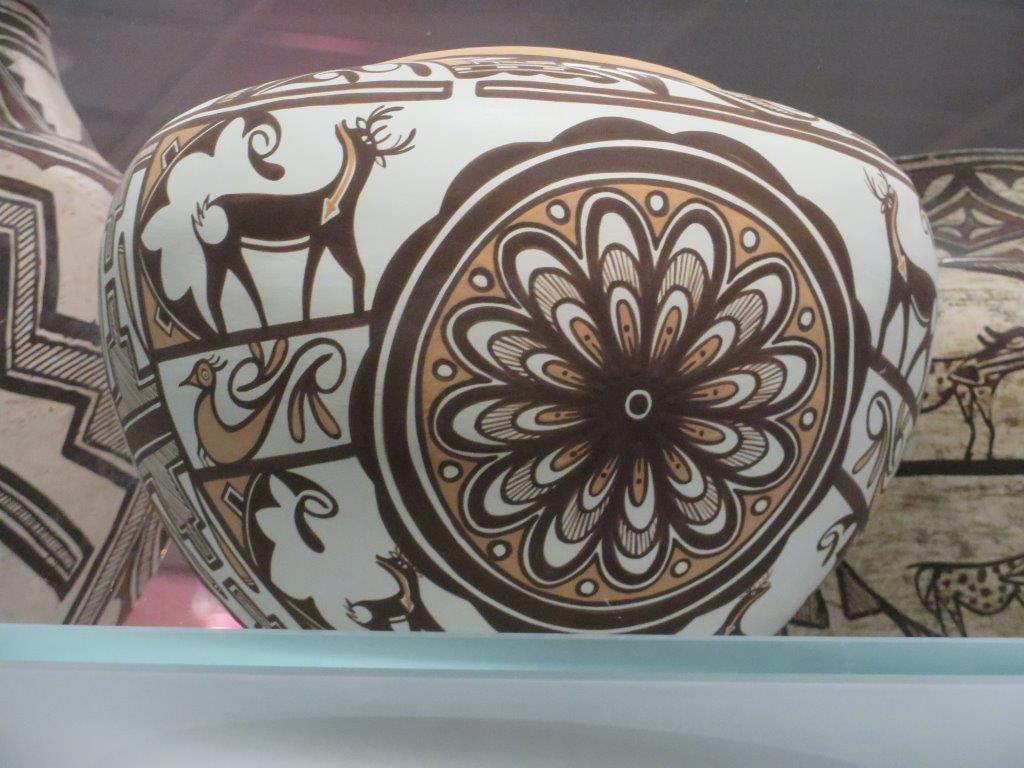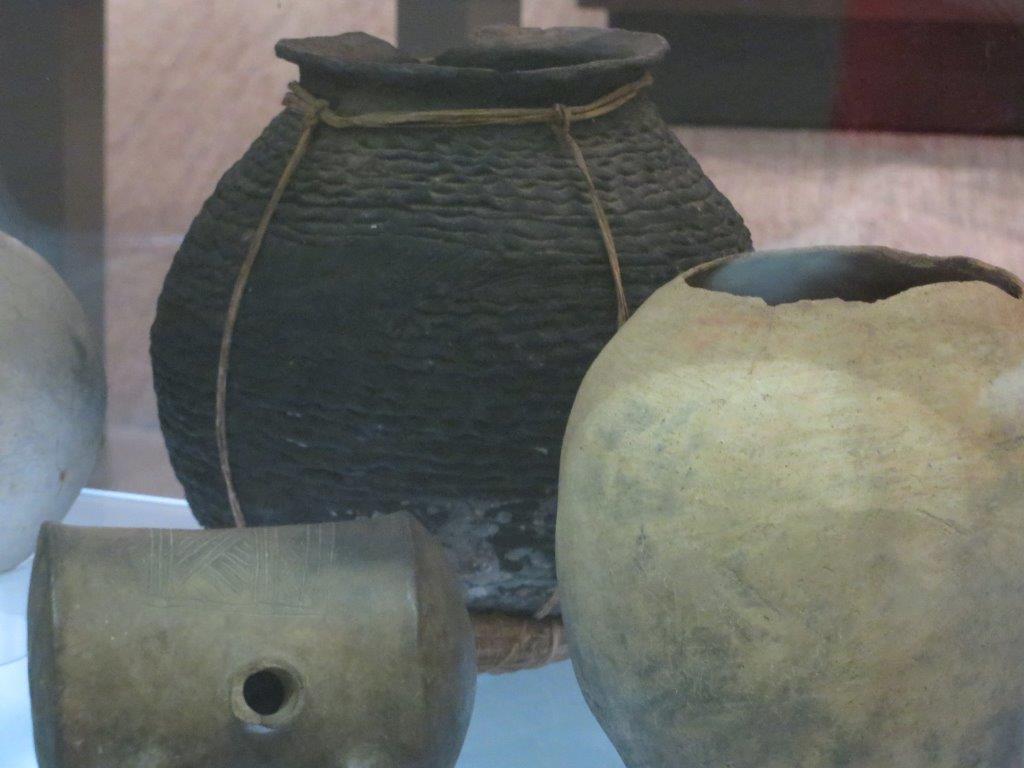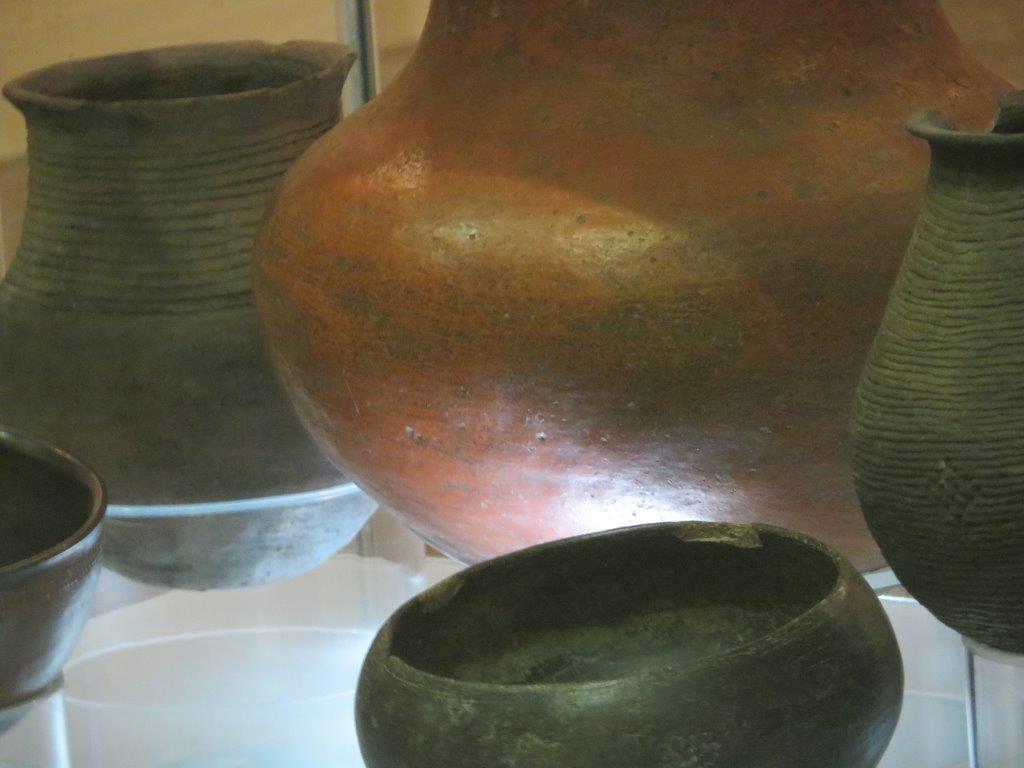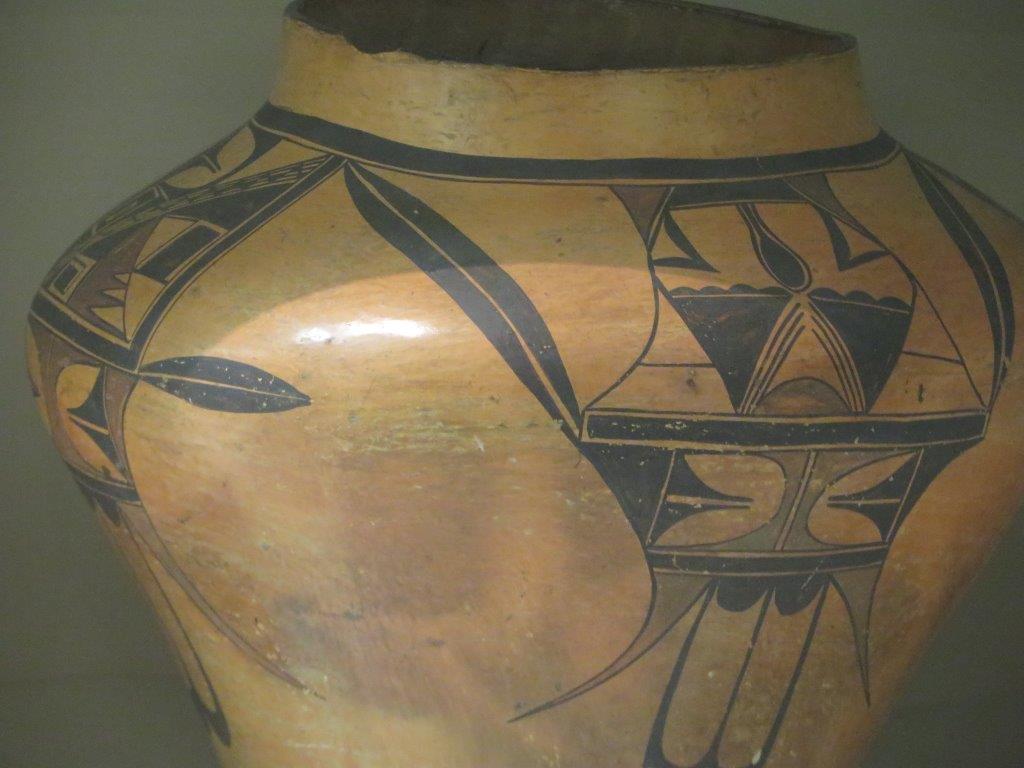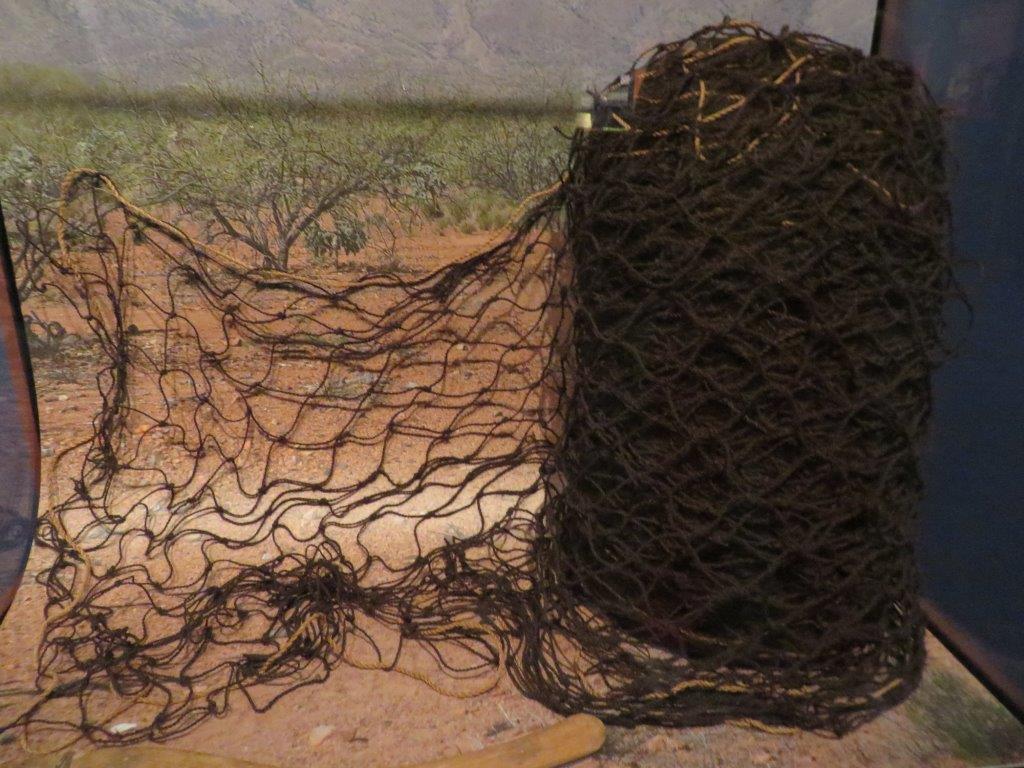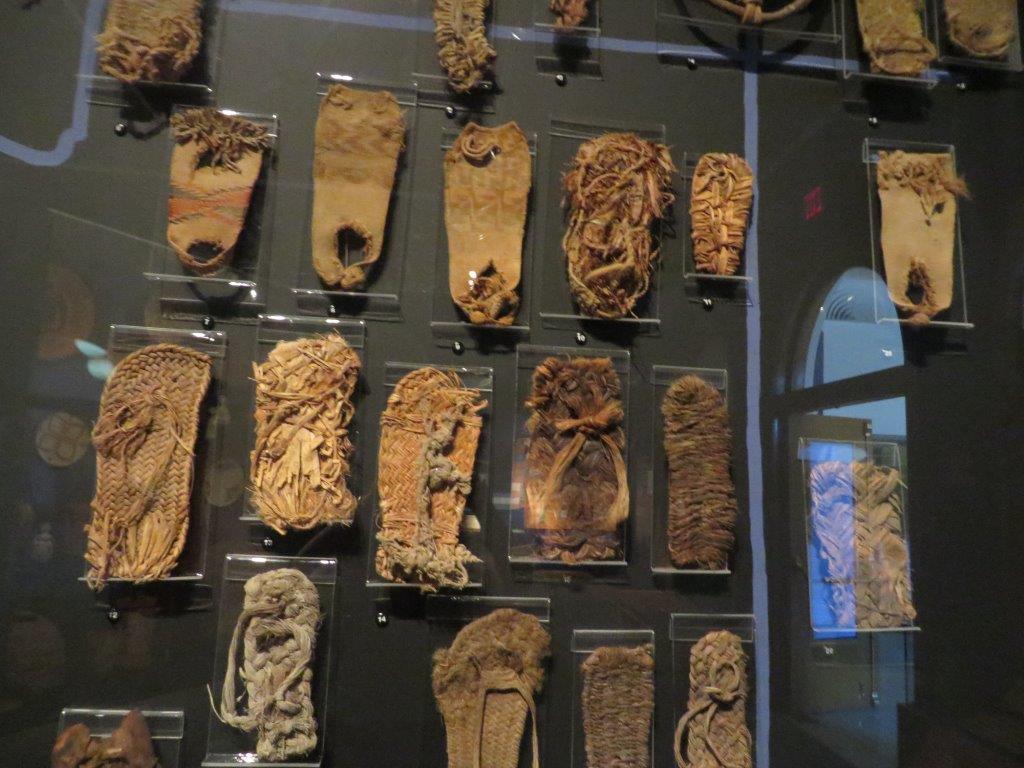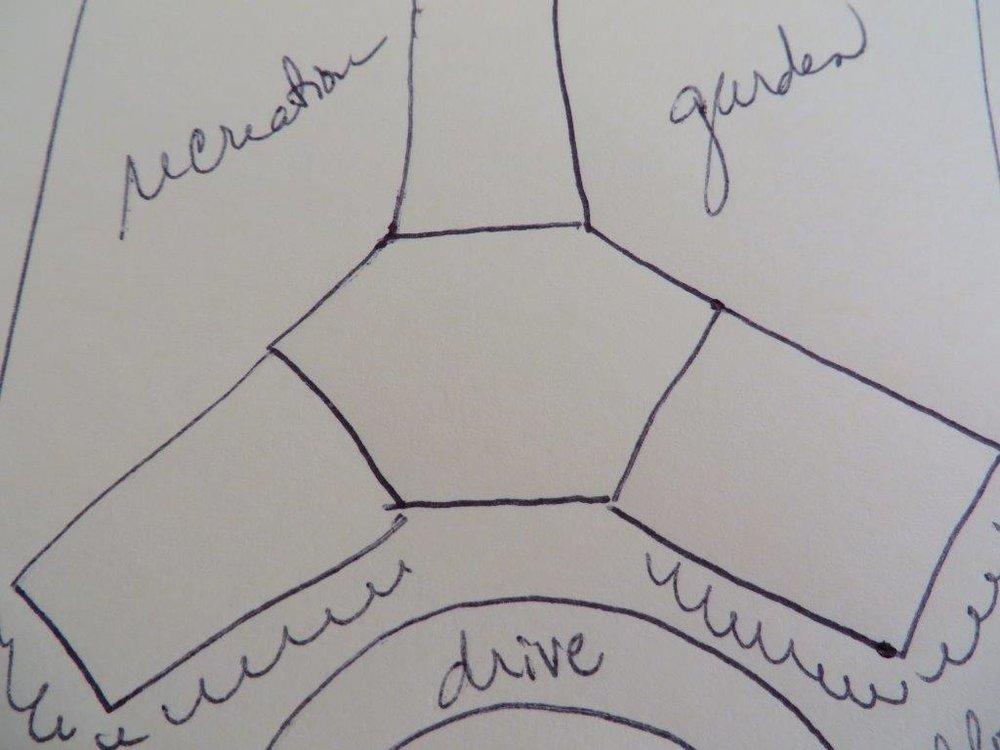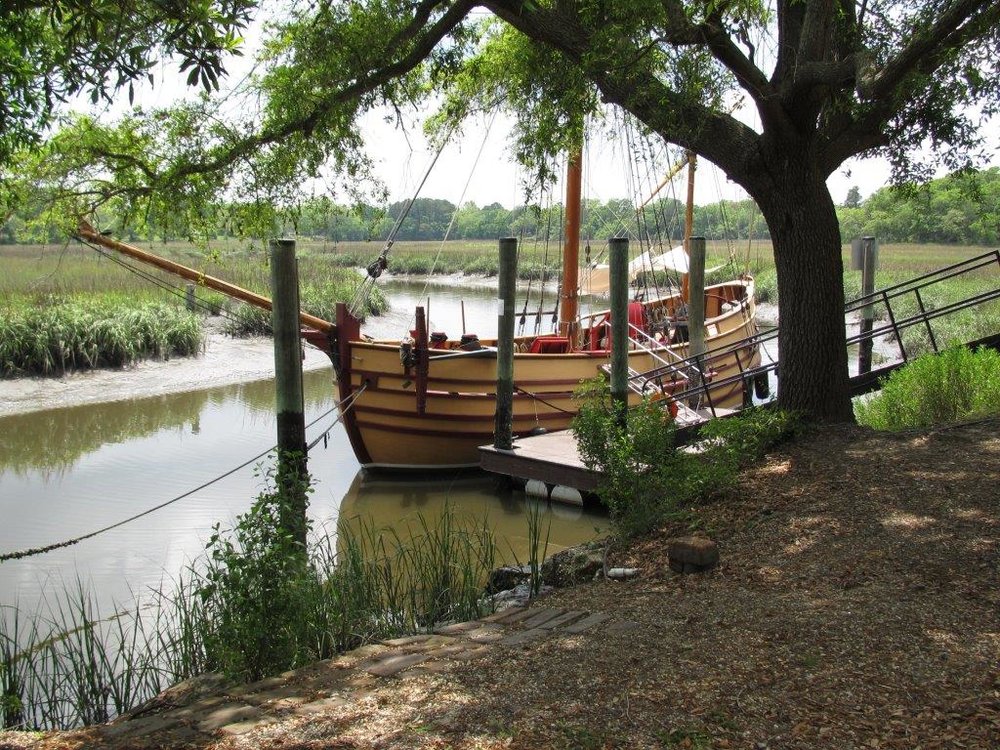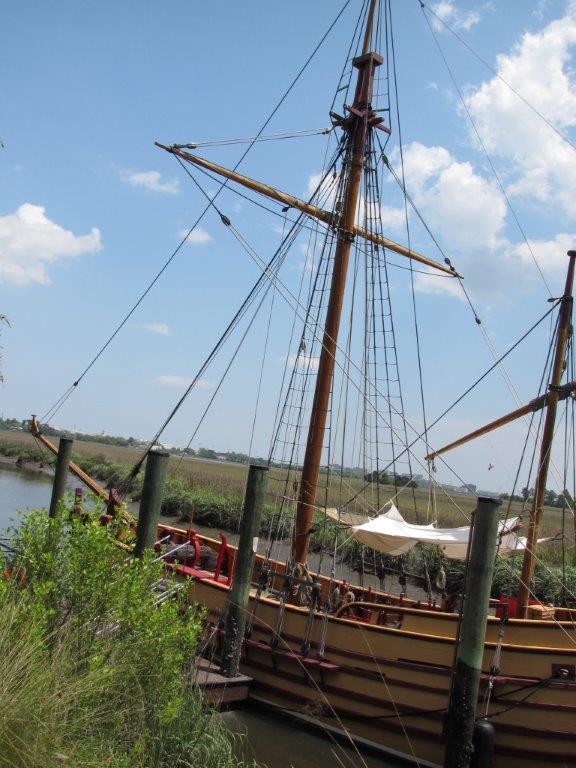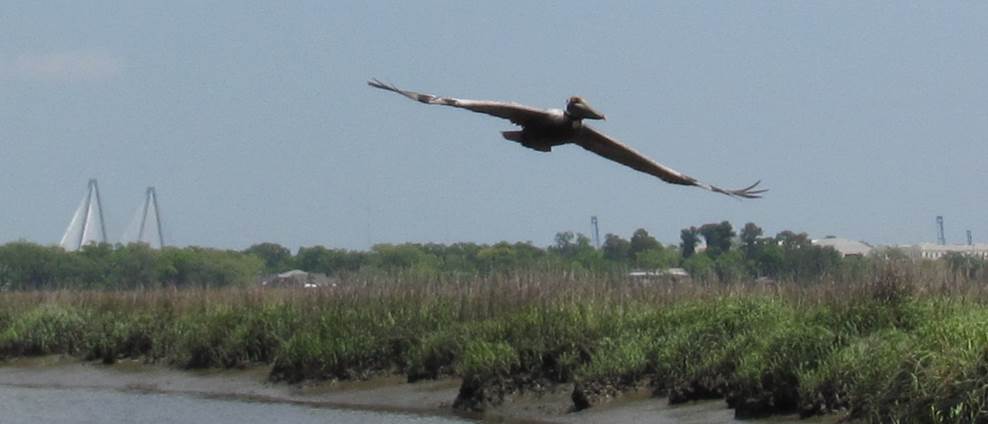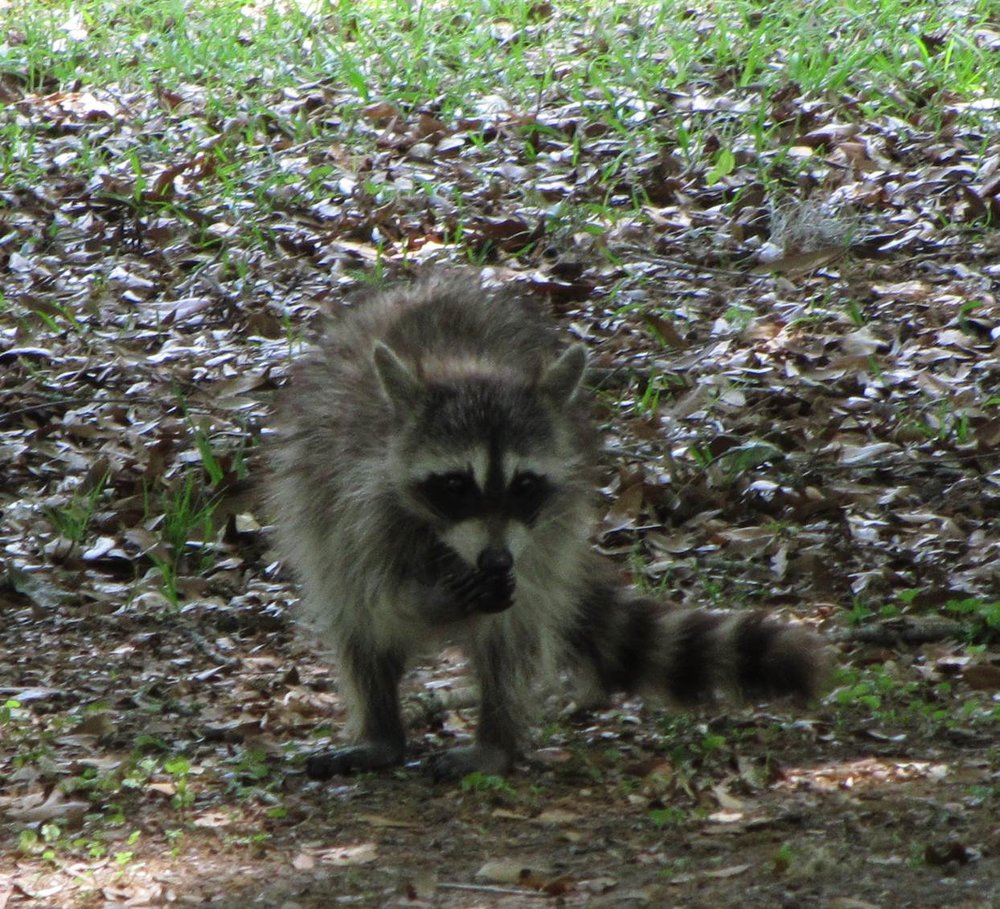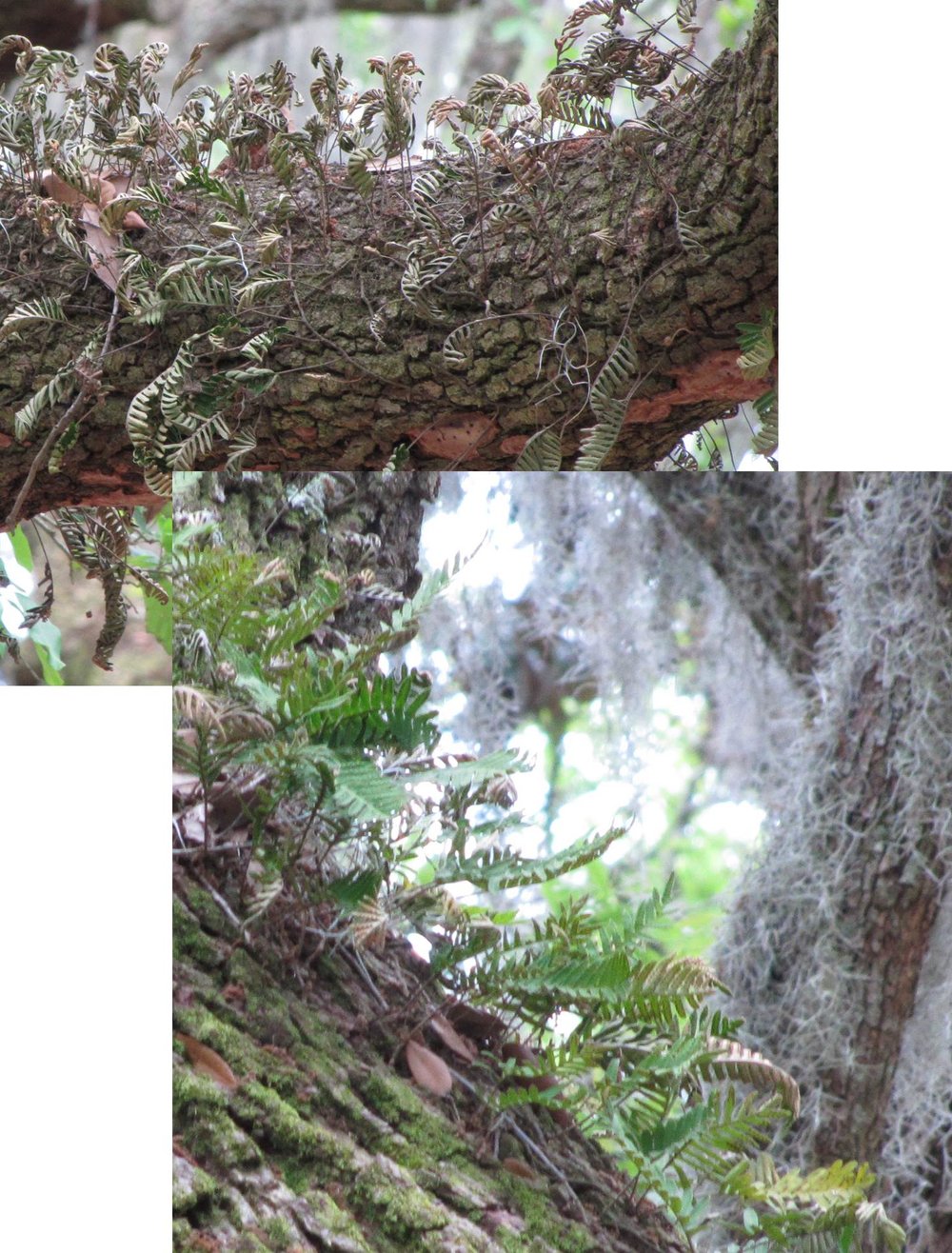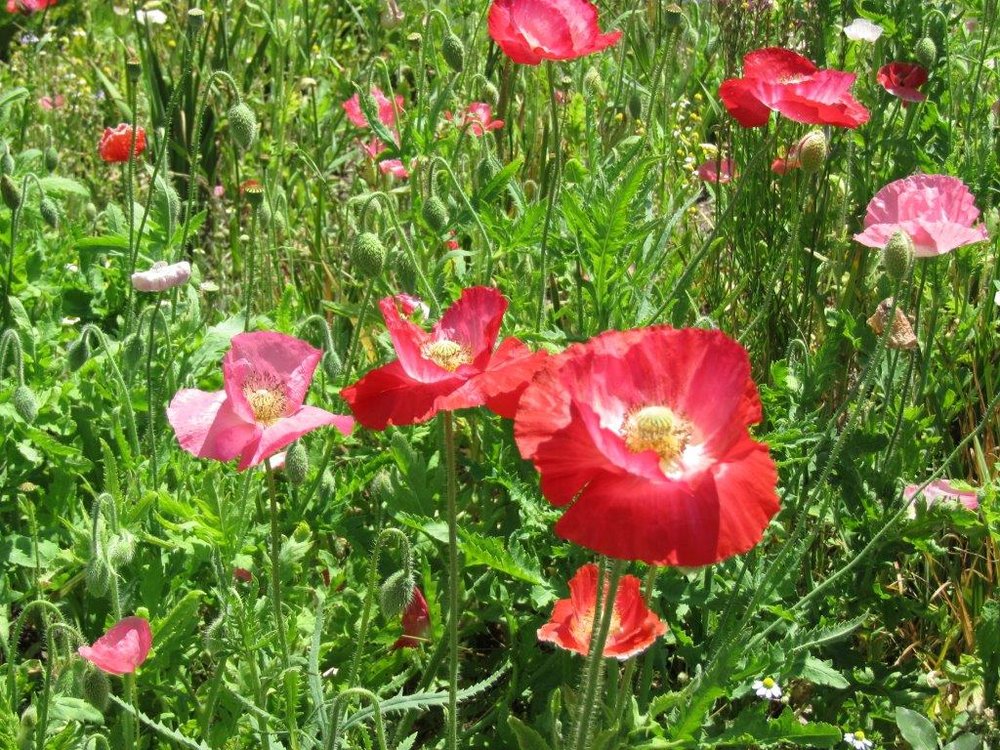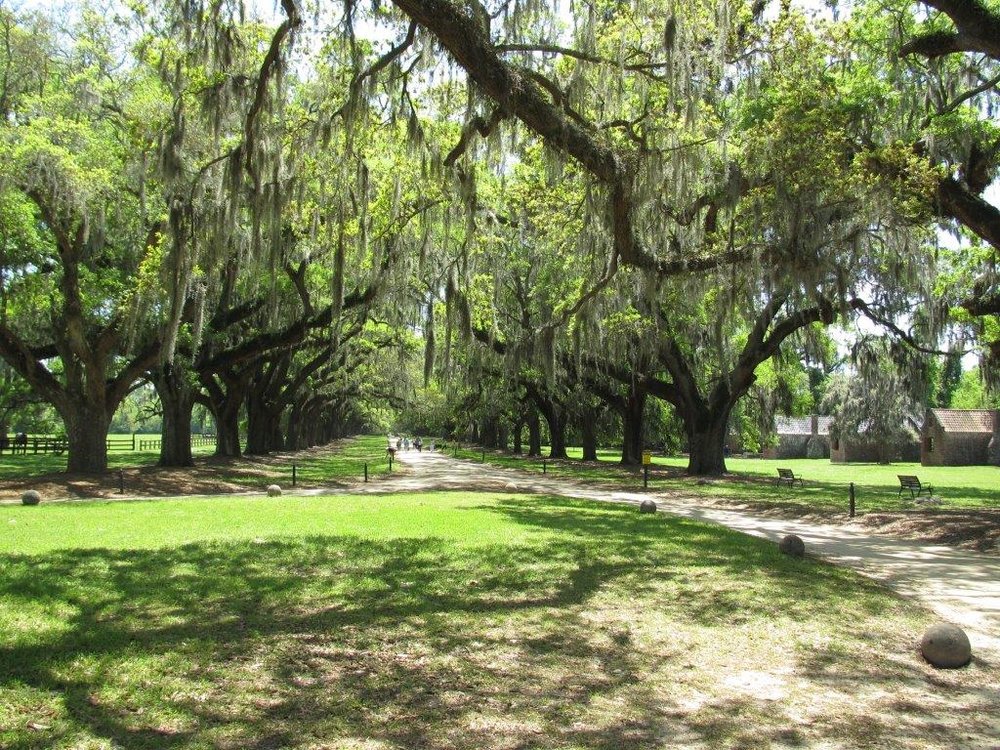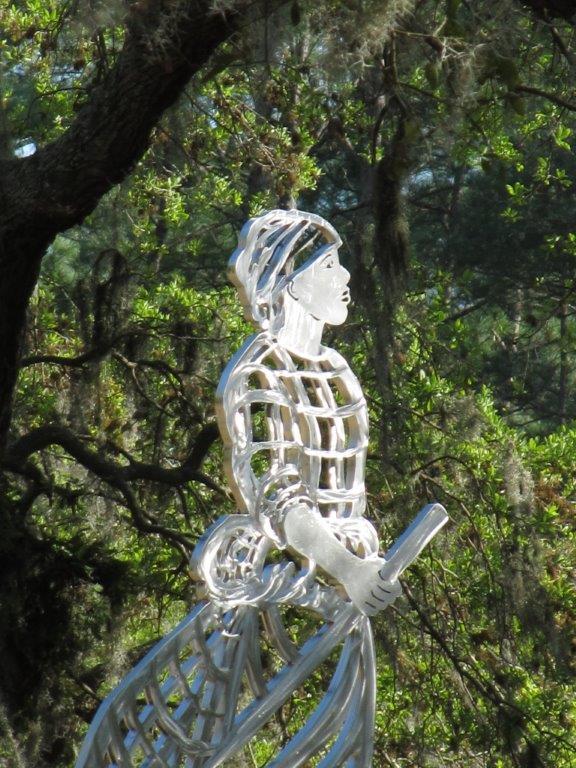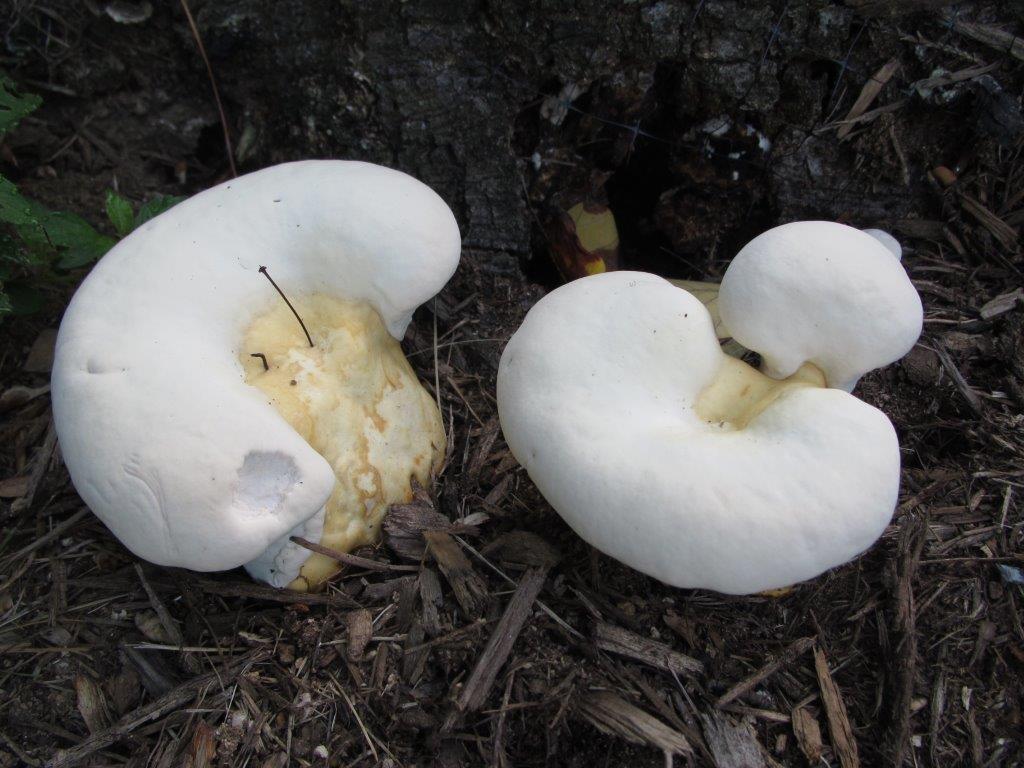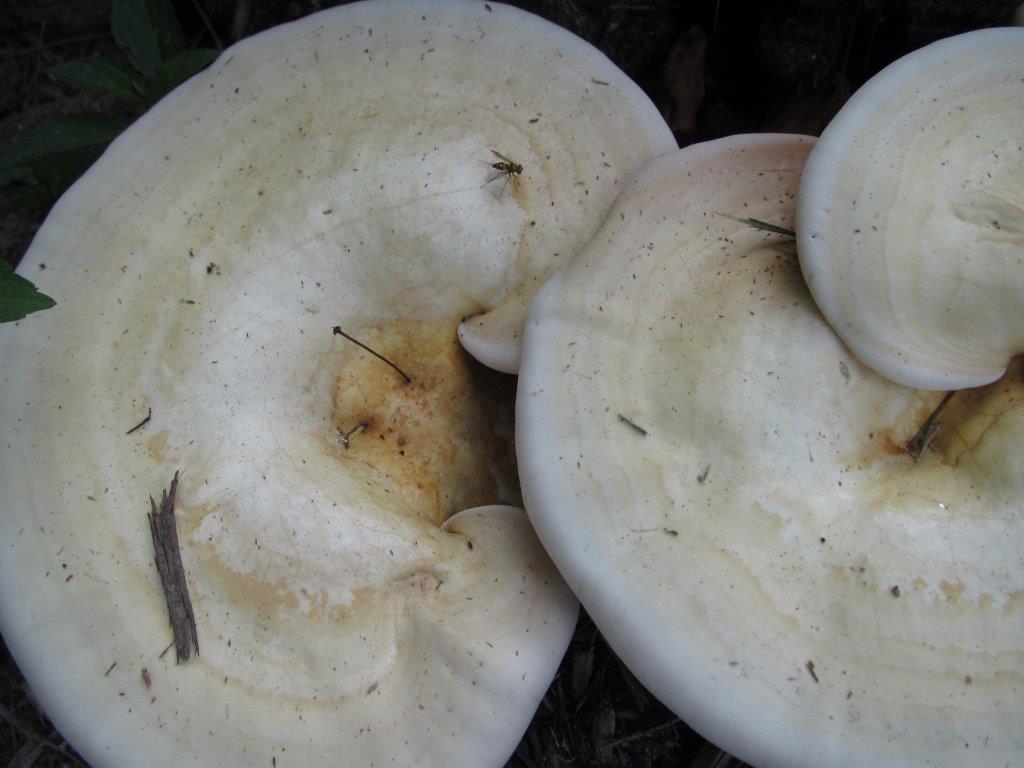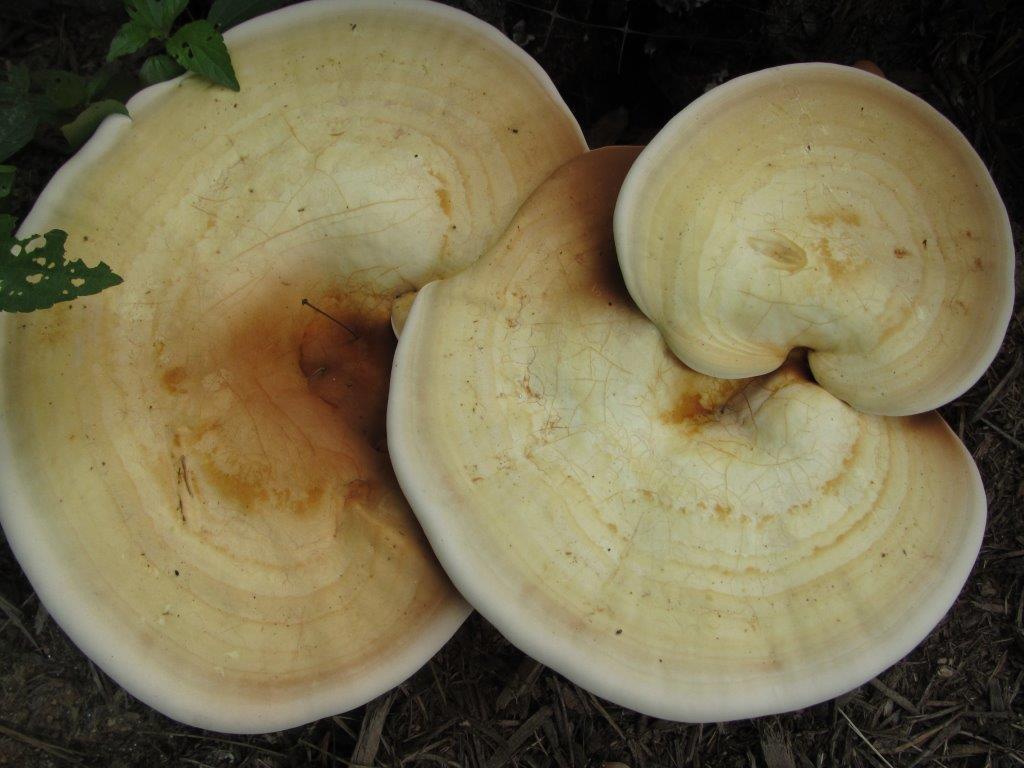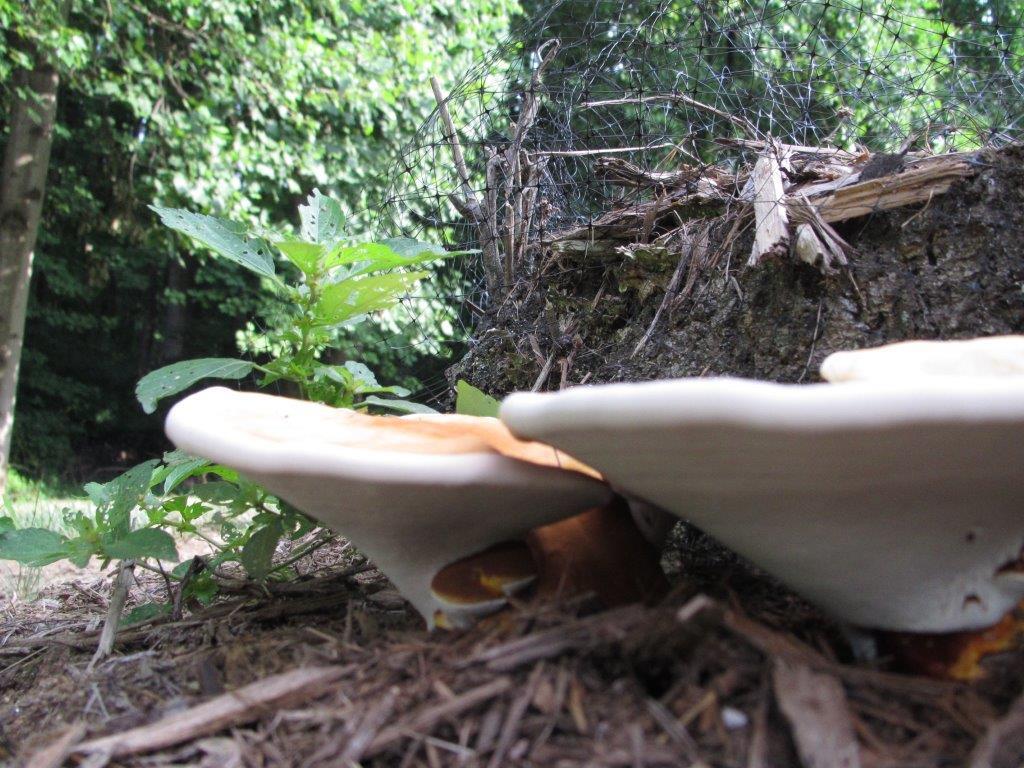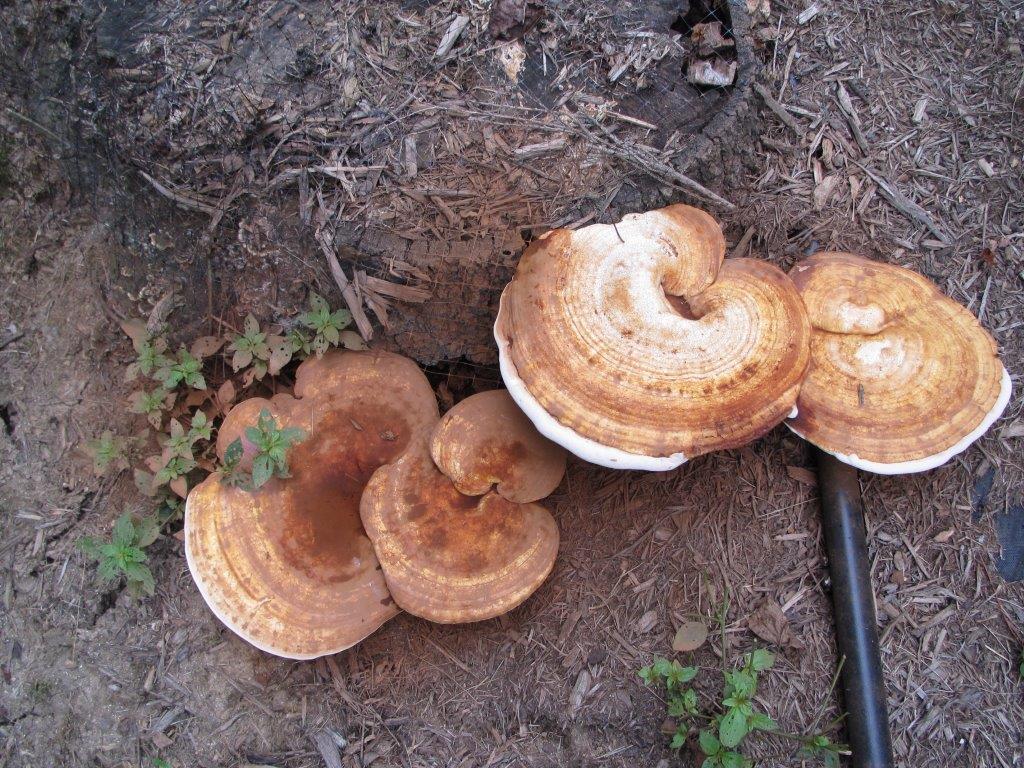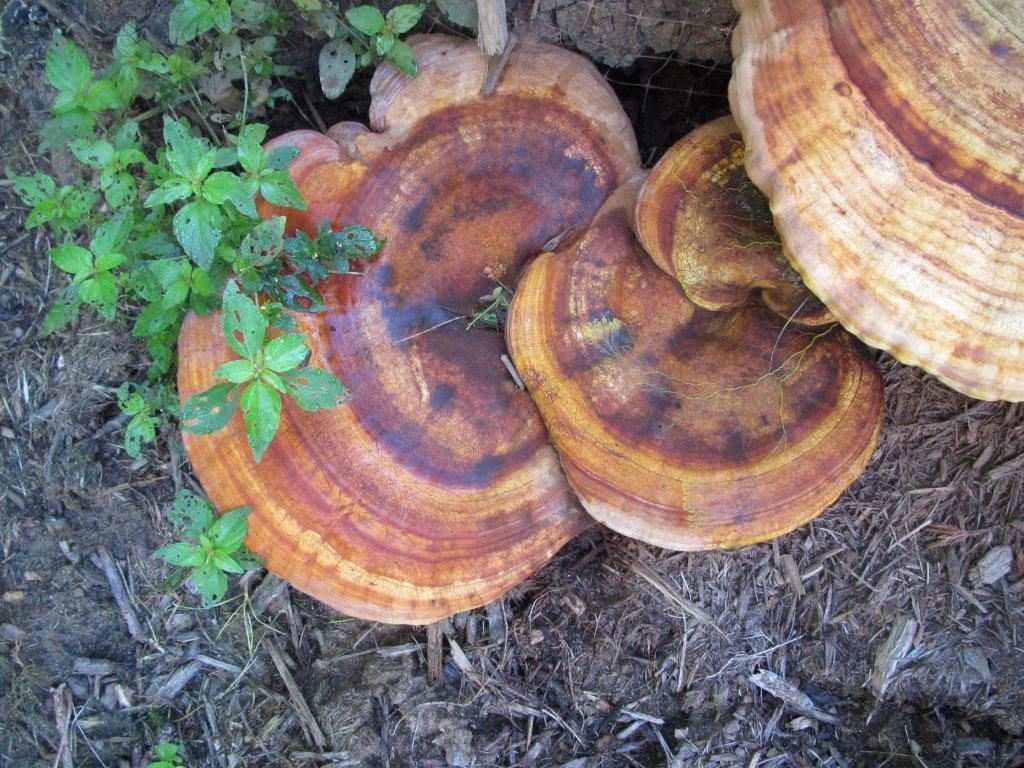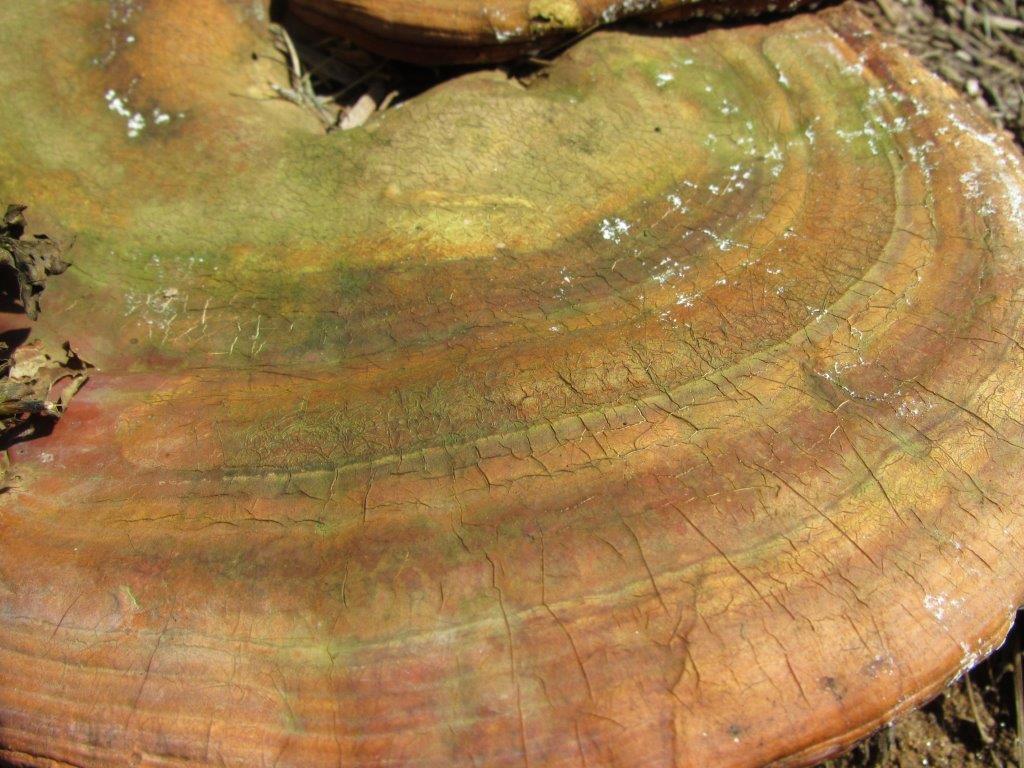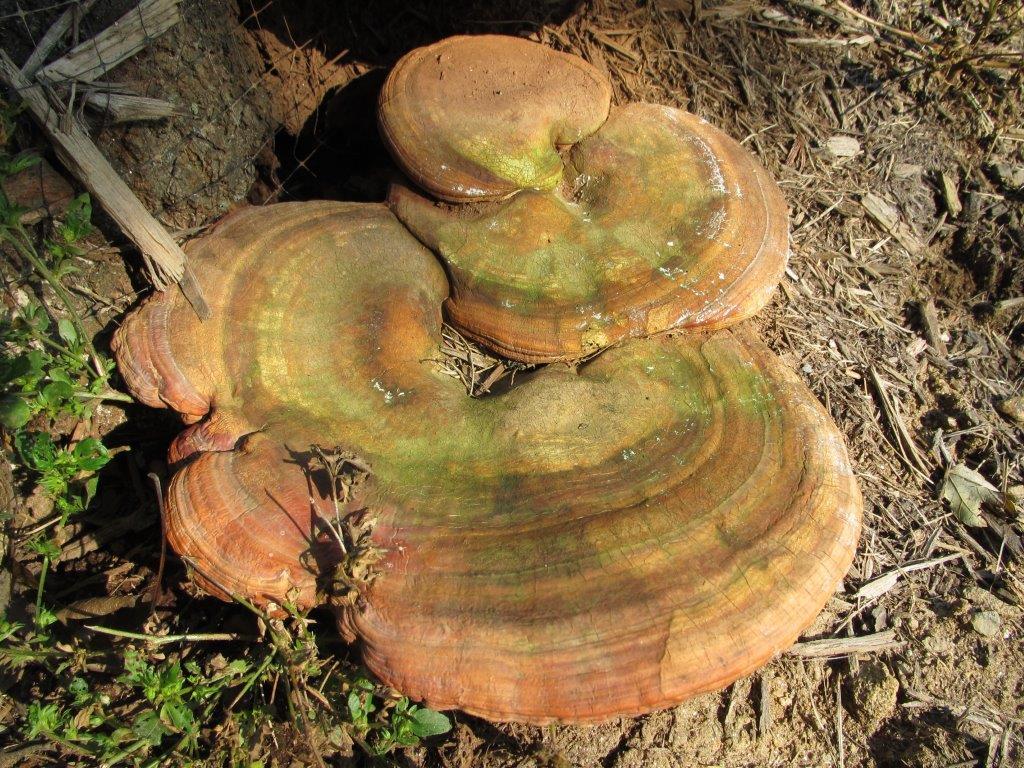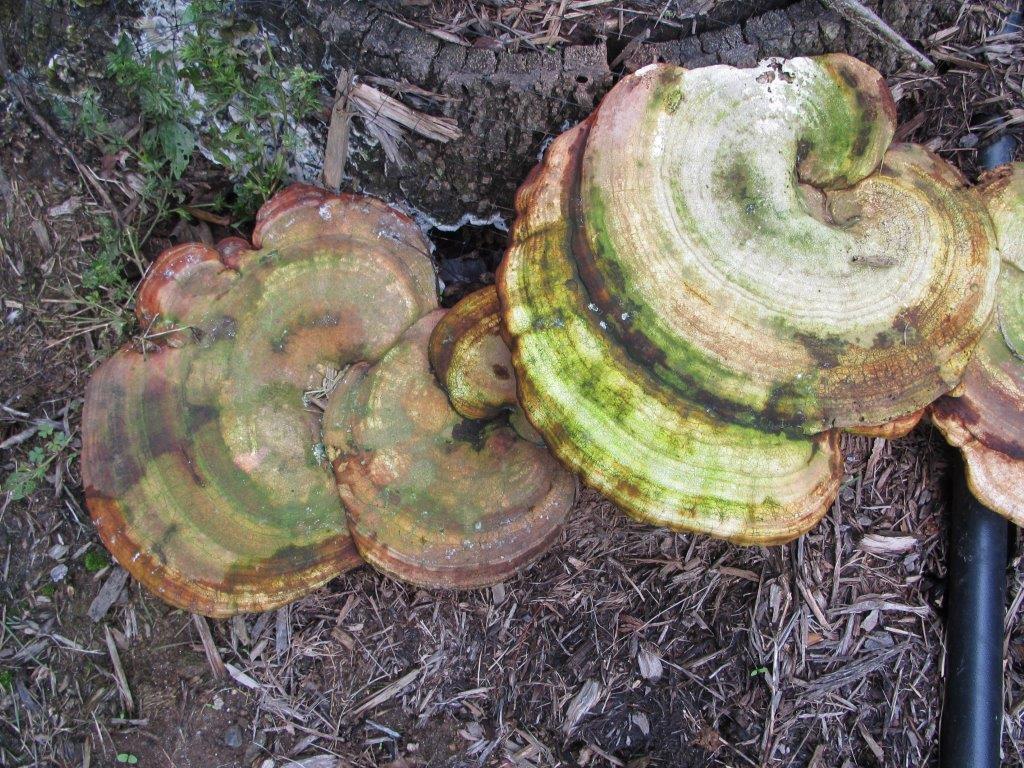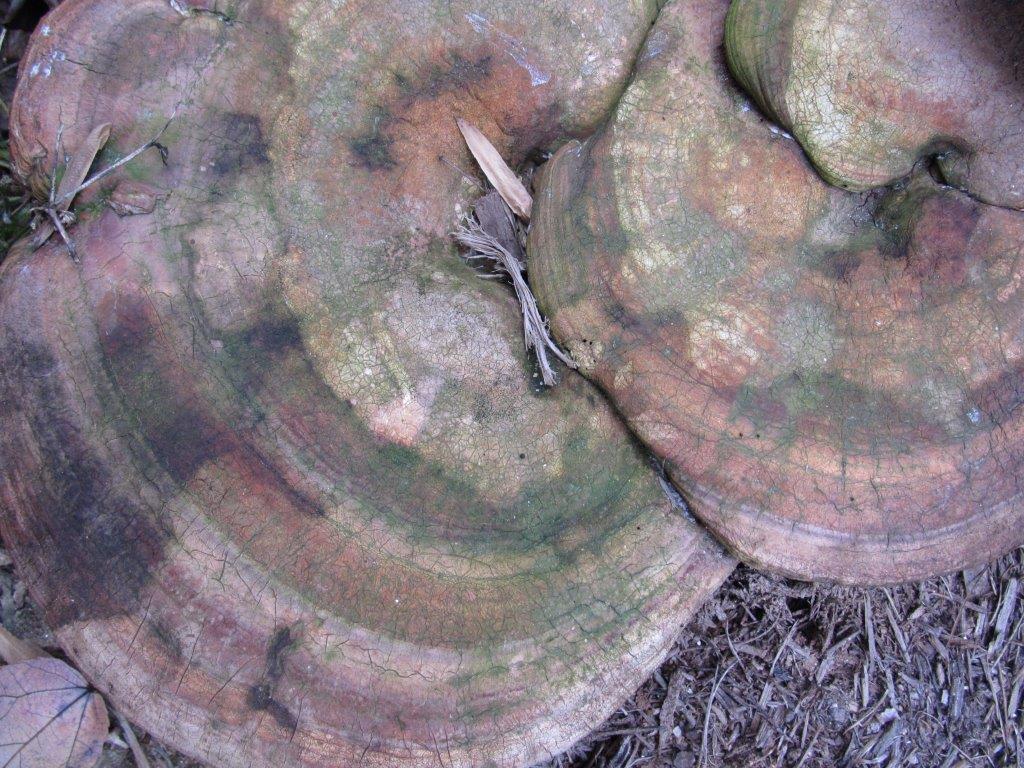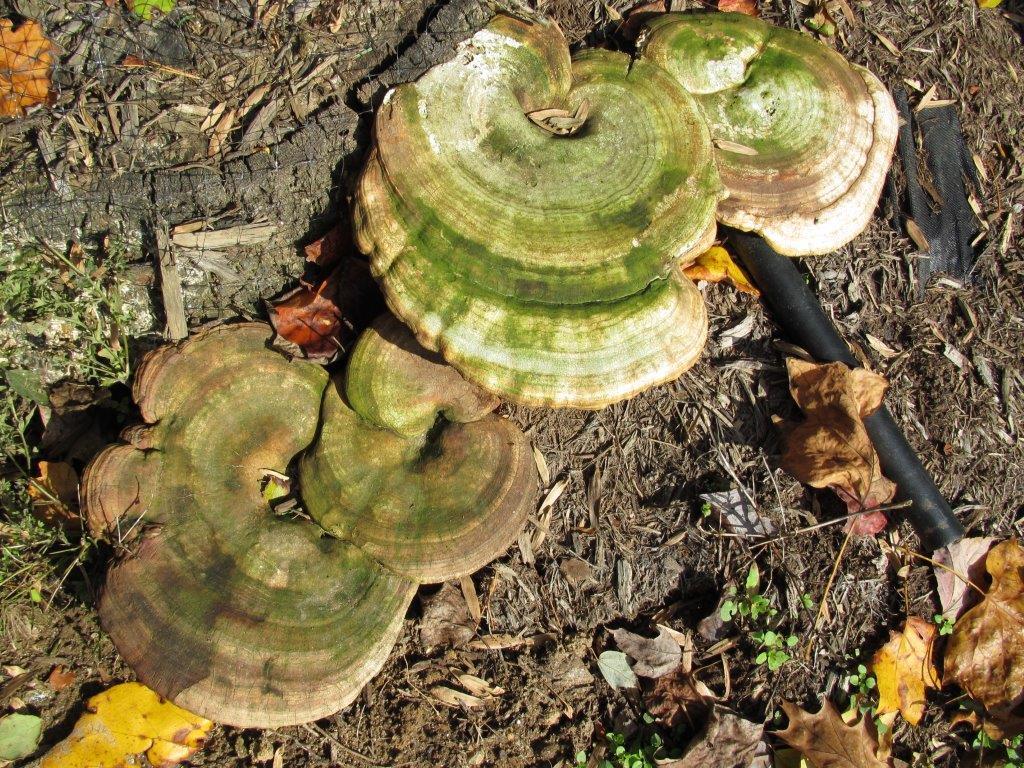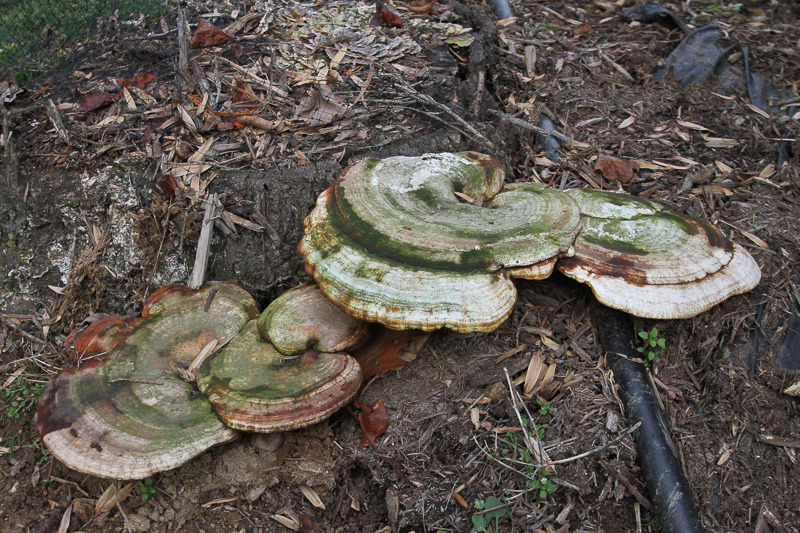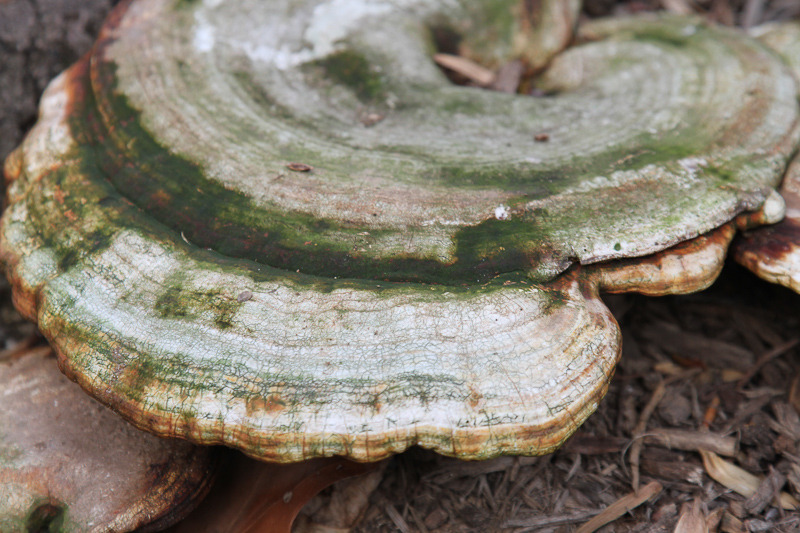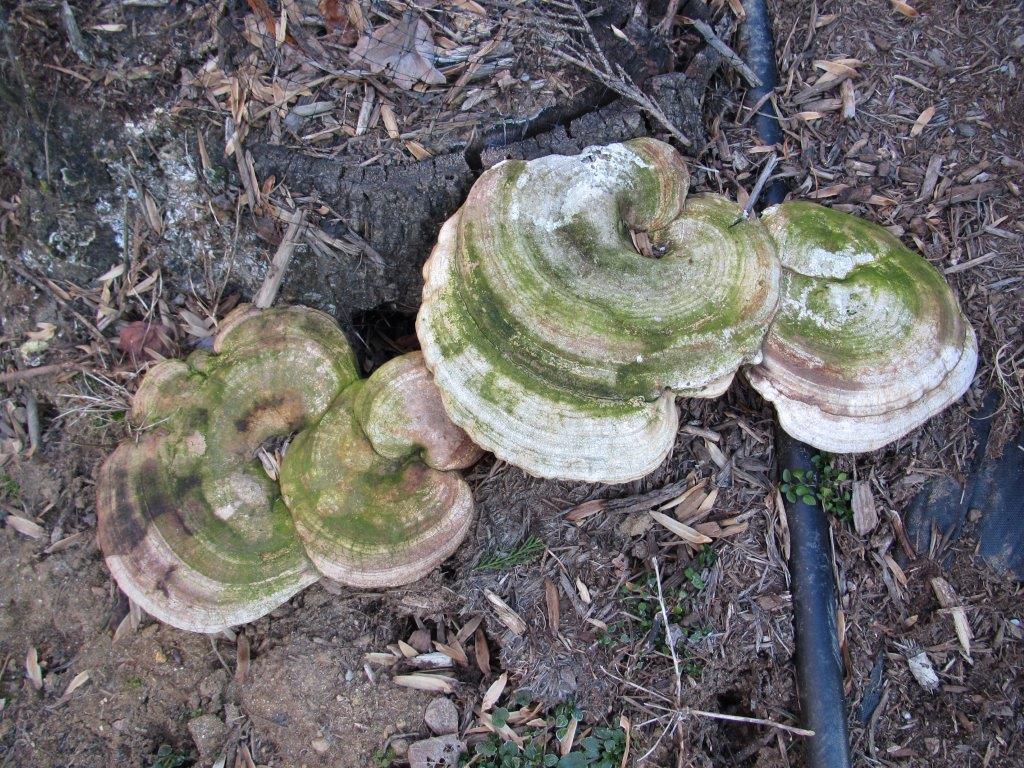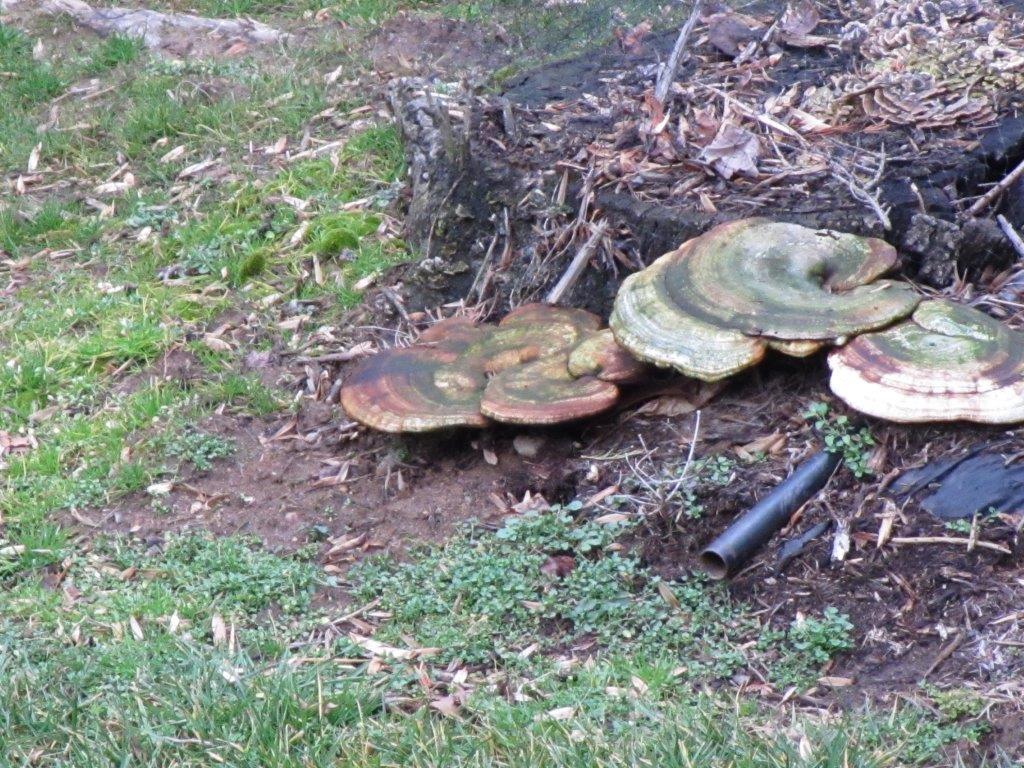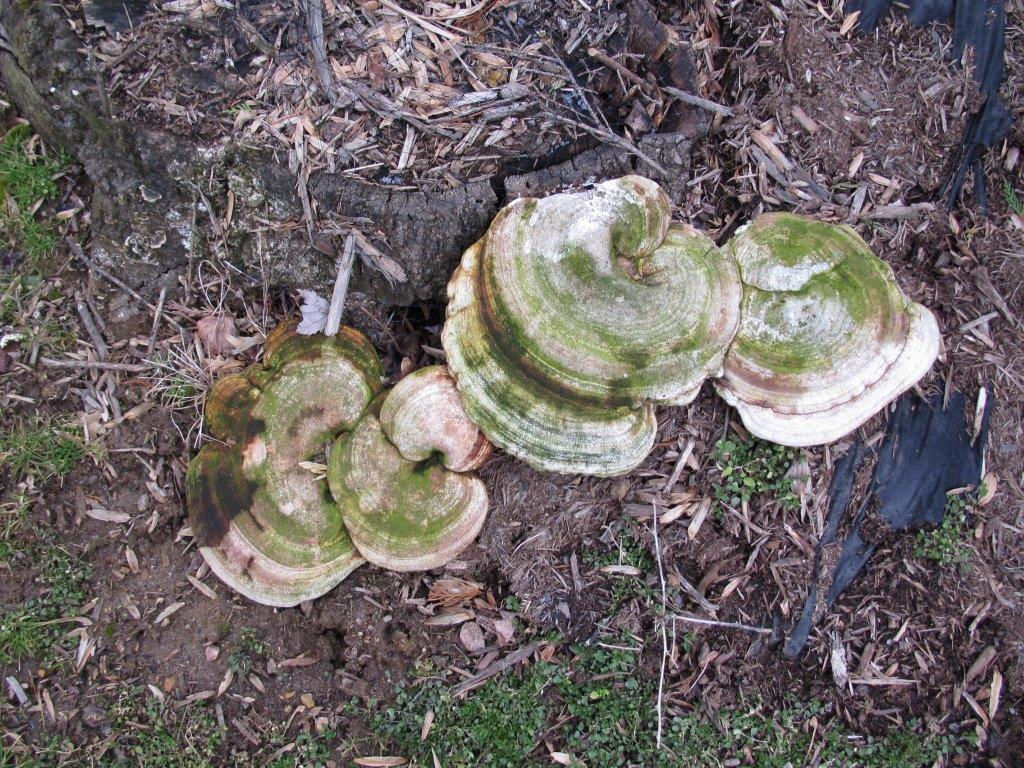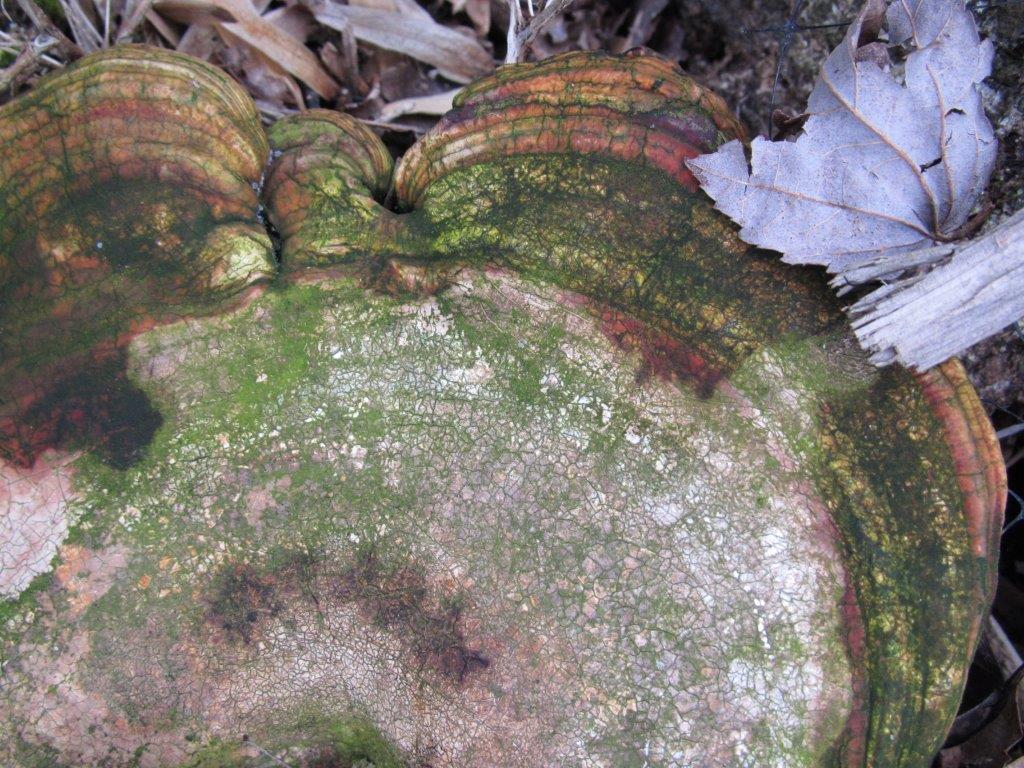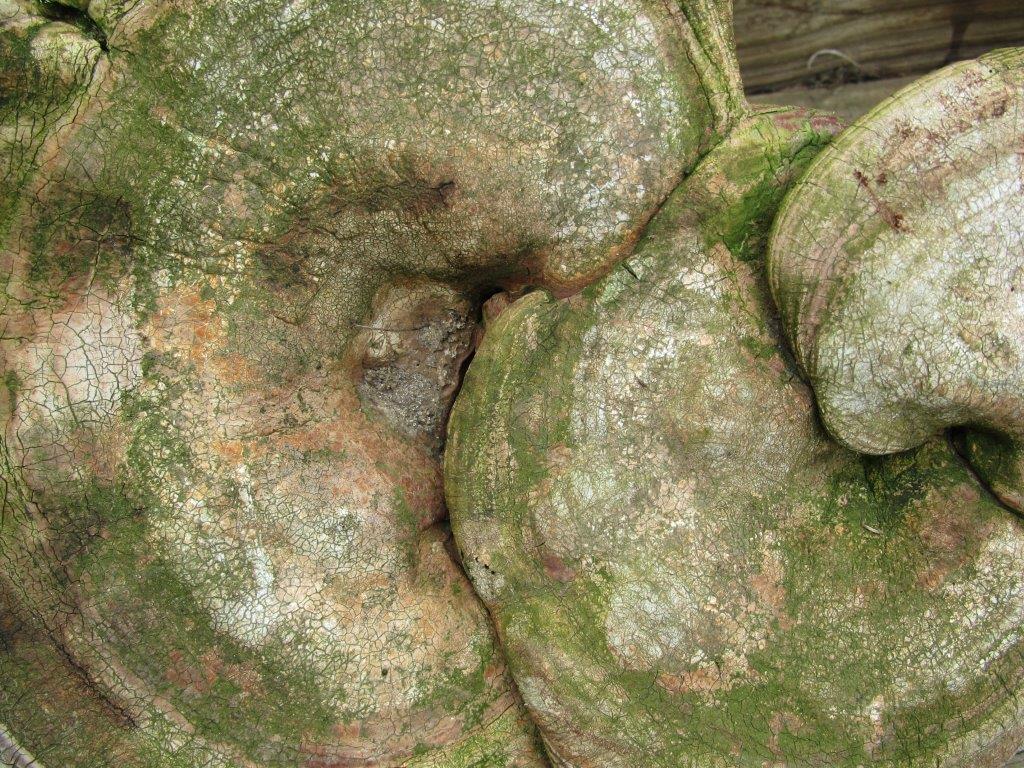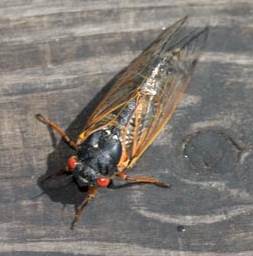Frontier Texas! In Abilene
/
 Frontier Texas! is a combination rest stop and museum - just off Interstate 20 in Abilene. The building is patterned after a frontier fort complete with a parade ground with adobe structure with overhands to provide shade. There are picnic tables in that shade! The buffalo silhouettes on tall poles turn in the wind; the flag flutters.
Frontier Texas! is a combination rest stop and museum - just off Interstate 20 in Abilene. The building is patterned after a frontier fort complete with a parade ground with adobe structure with overhands to provide shade. There are picnic tables in that shade! The buffalo silhouettes on tall poles turn in the wind; the flag flutters.

 Inside the sculpture of Longhorns driven through water at the entrance was the first indication that this was more that we had anticipated: two theaters - one in-the-round - and holographic speakers talking about their lives with lots of more traditional museum displays in-between. The multiple perspectives this museum offers into the frontier history of Texas are more diverse than in older museums; they include:
Inside the sculpture of Longhorns driven through water at the entrance was the first indication that this was more that we had anticipated: two theaters - one in-the-round - and holographic speakers talking about their lives with lots of more traditional museum displays in-between. The multiple perspectives this museum offers into the frontier history of Texas are more diverse than in older museums; they include:
- The Indian with family dead or scattered,
- The woman that survived capture by Indians and admitting in her later years that if she had known what it would be like she would not have to Texas,
- The former slave turned teamster,
- The bar tender than had been a lawman, and
- The cowboy.

 The slaughter of the buffalo is emphasized with a large display and a pile of skulls with a red light shining down on them. The last stage of the museum is the theater in the round. The seats are sections of tree trunks so it is easy to turn all around to see the various parts of the unfolding stories: a stampede….and Indian raid.
The slaughter of the buffalo is emphasized with a large display and a pile of skulls with a red light shining down on them. The last stage of the museum is the theater in the round. The seats are sections of tree trunks so it is easy to turn all around to see the various parts of the unfolding stories: a stampede….and Indian raid.
Frontier Texas! offers a view of the time that attempts to be realistic rather than romanticized. Well done!





